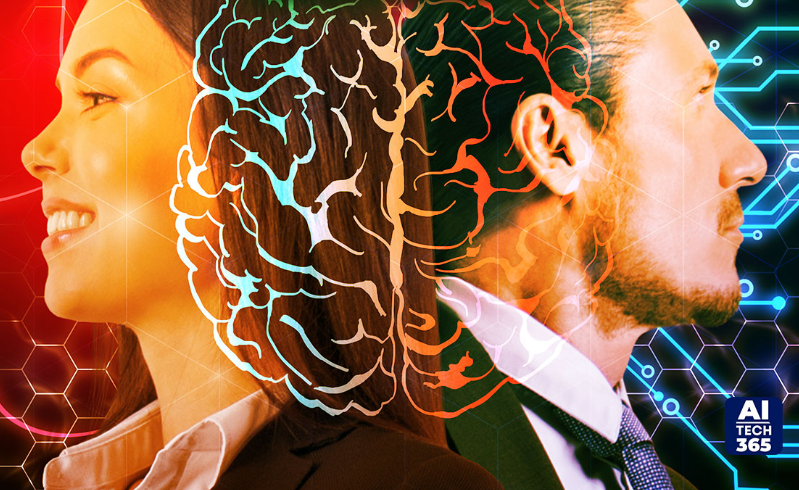In the rapidly evolving world of artificial intelligence (AI), terms like deep learning and neural networks are often used interchangeably. However, these terms describe distinct technologies, each with its own characteristics and uses. As businesses continue to integrate AI into their operations, understanding these technologies is essential. This guide will help clarify the differences and similarities between deep learning and neural networks, offering insights into when to use each.
What Are Neural Networks?
Neural networks, also referred to as artificial neural networks (ANNs), are algorithmic models designed to replicate the way the human brain processes information. These networks consist of interconnected nodes, or neurons, that work together to process data, learn from mistakes, and improve accuracy. Applications of neural networks include tasks like classification, pattern recognition, and predictive modeling.
What Is Deep Learning?
Deep learning is a subset of machine learning that focuses on training neural networks with many hidden layers, referred to as deep neural networks. These networks are capable of learning and extracting features directly from raw data, without needing human intervention to define input variables. Known for their ability to recognize complex patterns, deep learning models are particularly powerful for tasks involving image processing, text analysis, and sound interpretation.
Deep Learning vs Neural Networks: A Comparison
FeatureDeep LearningNeural NetworksDefinitionSubset of machine learning using deep networksAI model based on the brain’s neuron structureTraining ProcessAutomatically extracts features from raw dataRequires manual feature extractionComplexityExcels in handling complex tasksPerforms well on simpler tasksApplicationsIdeal for computer vision, NLP, and speechUsed for classification and pattern recognition
Structure and Functionality
In terms of architecture, both deep learning and neural networks are made up of layers of neurons. In neural networks, neurons calculate weighted sums and pass them through activation functions, adjusting connections (weights) as they learn. Deep learning models, on the other hand, use multiple layers of neurons to manage more complex problems, processing larger datasets and learning autonomously.
For instance, deep learning requires robust computational resources, including powerful GPUs, to train its intricate models efficiently. The increase in processing demands has led to the development of specialized hardware optimized for deep learning tasks.
The Future of Deep Learning and Neural Networks
As AI continues to evolve, both neural networks and deep learning are expected to see continued advancements. Neural networks are benefiting from innovations such as recurrent neural networks (RNNs), long short-term memory (LSTM), and convolutional neural networks (CNNs). These improvements enable them to tackle more sophisticated problems.
Meanwhile, deep learning is gaining momentum, driven by the availability of large datasets, dedicated deep learning frameworks, and hardware advancements. However, challenges such as interpretability and model robustness remain areas for future research.
Training Neural Networks and Deep Learning Models
Training a neural network involves a process called backpropagation, where the network learns from labeled data by adjusting its weights to minimize error between predicted and actual outcomes. Deep learning models undergo a similar process but with more layers and, as a result, require greater computational resources. Techniques such as dropout and batch normalization are commonly used to prevent overfitting and improve generalization in deep learning models.
Final Thoughts: Choosing Between Deep Learning and Neural Networks
In summary, both deep learning and neural networks are critical components of AI. While neural networks form the foundation, deep learning takes AI a step further, enabling models to handle more complex tasks without human intervention. As AI technology continues to advance, the integration of these two approaches will lead to groundbreaking innovations across industries.
For businesses and developers looking to harness the power of AI, understanding the differences between these technologies is essential. Whether you're working with basic neural networks or leveraging deep learning for advanced AI applications, the future of artificial intelligence is bound to be shaped by these technologies.





Comments